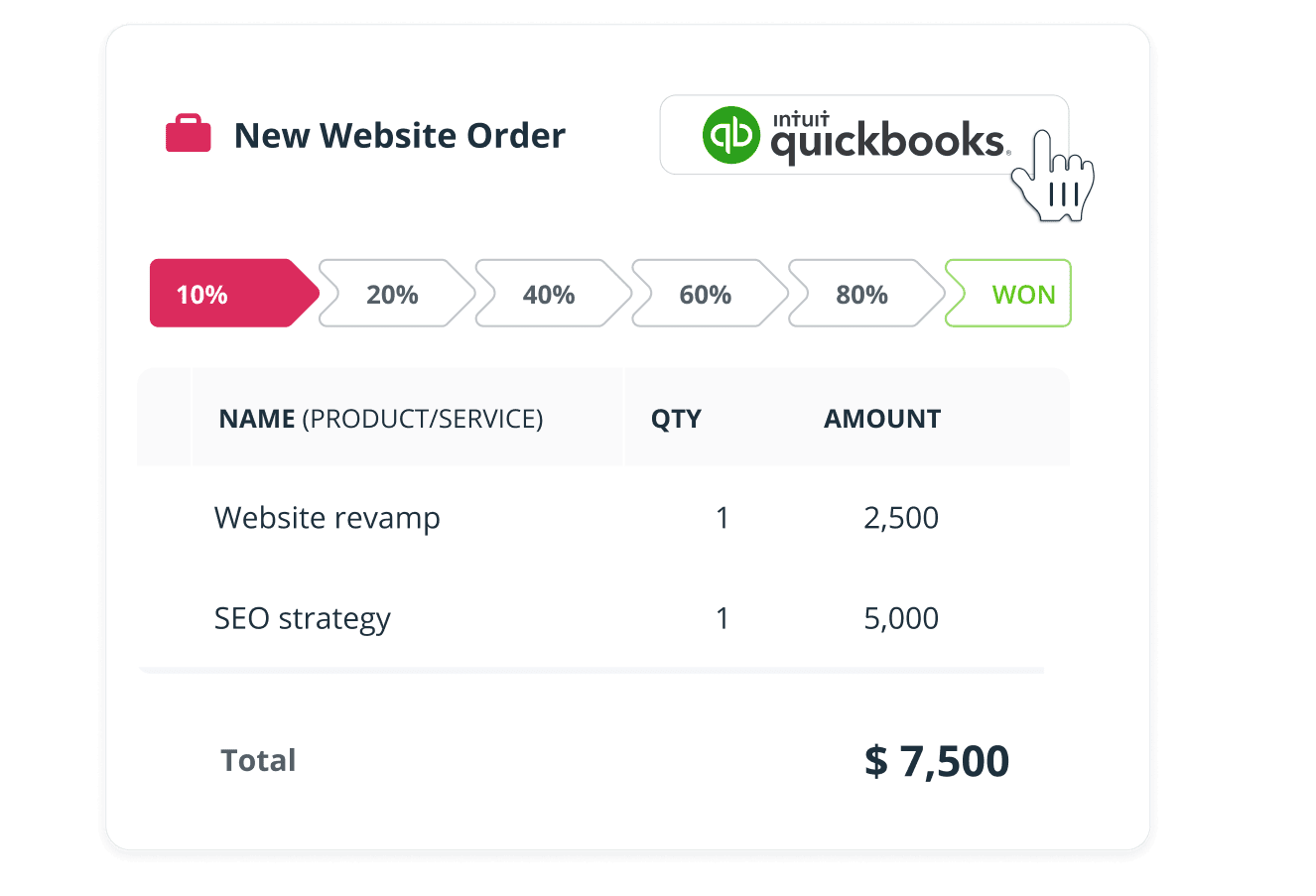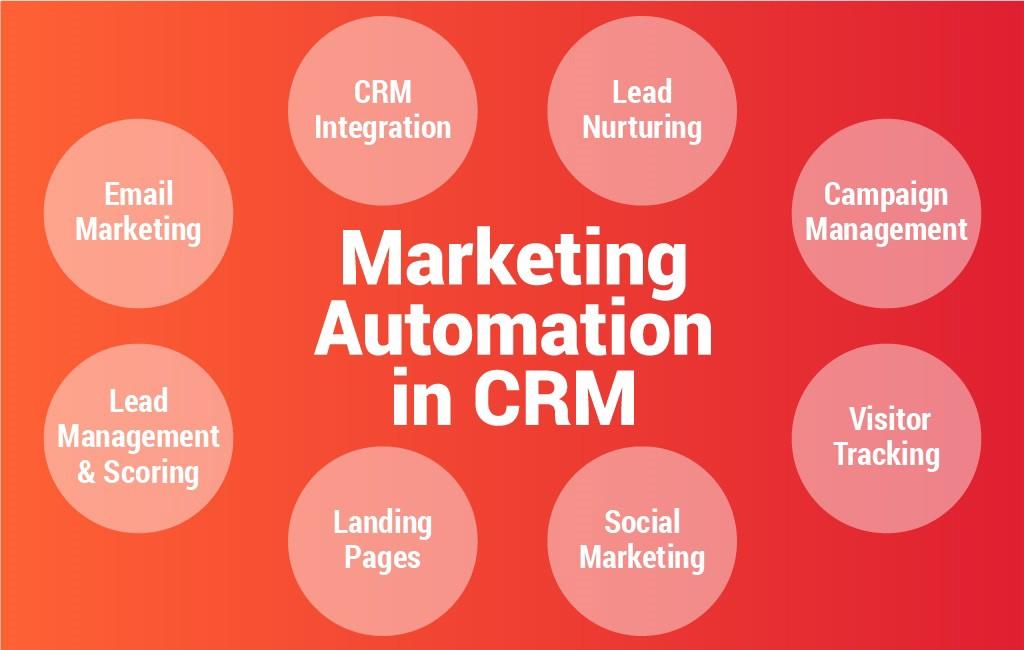
Boosting Your Bottom Line: A Comprehensive Guide to CRM Marketing Performance
In today’s hyper-competitive business landscape, simply having a great product or service isn’t enough. You need to understand your customers, anticipate their needs, and provide exceptional experiences. This is where Customer Relationship Management (CRM) systems and their impact on marketing performance come into play. CRM isn’t just about storing contact information; it’s a strategic approach to managing and analyzing customer interactions to improve business relationships, drive sales growth, and enhance profitability. This comprehensive guide delves into the intricacies of CRM marketing performance, providing actionable insights and strategies to help you leverage your CRM system to its fullest potential.
What is CRM and Why Does it Matter for Marketing?
At its core, CRM is a technology and strategy for managing all your company’s relationships and interactions with current and potential customers. The goal is simple: improve business relationships. CRM systems help businesses stay connected to customers, streamline processes, and improve profitability. When people talk about CRM, they often mean a CRM system – a tool that helps with contact management, sales management, productivity, and more. In essence, it’s a central hub for everything related to your customers.
For marketers, CRM is a goldmine of data. It provides a 360-degree view of each customer, including their demographics, purchase history, communication preferences, and interactions with your brand. This wealth of information allows marketers to:
- Personalize Marketing Campaigns: Tailor messaging to individual customer needs and preferences.
- Improve Customer Segmentation: Group customers based on shared characteristics for targeted campaigns.
- Enhance Lead Management: Track leads through the sales funnel and nurture them towards conversion.
- Measure Campaign Effectiveness: Analyze the performance of marketing initiatives and make data-driven decisions.
- Increase Customer Retention: Identify at-risk customers and proactively address their concerns.
In today’s competitive market, CRM is not just a luxury; it’s a necessity. Businesses that effectively utilize CRM systems are better positioned to understand their customers, personalize their marketing efforts, and ultimately, achieve sustainable growth.
Key Metrics to Track CRM Marketing Performance
To truly understand the impact of your CRM on marketing performance, you need to track the right metrics. These metrics provide valuable insights into the effectiveness of your campaigns, customer behavior, and overall business health. Here are some of the most important metrics to monitor:
1. Customer Acquisition Cost (CAC)
CAC measures the total cost of acquiring a new customer. It includes all marketing and sales expenses, such as advertising, salaries, and software costs. A lower CAC indicates that your marketing efforts are efficient and cost-effective. Formula: (Total Marketing & Sales Expenses) / (Number of New Customers Acquired).
2. Customer Lifetime Value (CLTV)
CLTV predicts the total revenue a customer will generate throughout their relationship with your business. It’s a crucial metric for understanding the long-term value of your customers. A higher CLTV indicates that your customers are loyal and generate significant revenue over time. Formula: (Average Purchase Value) x (Average Purchase Frequency) x (Average Customer Lifespan).
3. Conversion Rate
Conversion rate measures the percentage of leads or prospects who convert into paying customers. It’s a key indicator of the effectiveness of your sales and marketing efforts. A higher conversion rate means that your campaigns are successfully attracting and converting potential customers. Formula: (Number of Conversions) / (Total Number of Leads) x 100.
4. Customer Retention Rate
Customer retention rate measures the percentage of customers who remain loyal to your business over a specific period. It’s a critical metric for understanding customer satisfaction and loyalty. A higher retention rate indicates that your customers are happy with your products or services and are likely to continue doing business with you. Formula: ((Number of Customers at End of Period – Number of New Customers Acquired During Period) / Number of Customers at Start of Period) x 100.
5. Marketing ROI (Return on Investment)
Marketing ROI measures the profitability of your marketing investments. It helps you determine which marketing campaigns are generating the most revenue and the best return. A positive ROI indicates that your marketing efforts are profitable. Formula: ((Revenue Generated from Marketing – Marketing Investment) / Marketing Investment) x 100.
6. Website Traffic and Engagement
Tracking website traffic, bounce rate, time on page, and other engagement metrics provides insights into how your marketing efforts are driving traffic and engaging your audience. Integrating your CRM with your website analytics tools allows you to connect website behavior with individual customer profiles, providing a more complete view of customer interactions.
7. Lead Generation and Qualification
Monitor the number of leads generated, the quality of those leads (qualified leads), and the conversion rates of those leads. This helps you assess the effectiveness of your lead generation strategies and identify areas for improvement in your lead qualification process.
Regularly analyzing these metrics and comparing them over time will help you identify trends, measure the success of your marketing initiatives, and make data-driven decisions to optimize your CRM marketing performance.
Strategies to Improve CRM Marketing Performance
Simply implementing a CRM system isn’t enough. You need to actively use it and implement effective strategies to maximize its potential. Here are some key strategies to improve your CRM marketing performance:
1. Data Quality and Hygiene
The foundation of any successful CRM strategy is high-quality data. Inaccurate, incomplete, or outdated data will undermine your efforts. Regularly clean and update your data to ensure its accuracy. This includes:
- Data Cleansing: Remove duplicates, correct errors, and standardize data formats.
- Data Enrichment: Supplement your existing data with additional information from third-party sources.
- Data Governance: Establish clear policies and procedures for data entry and maintenance.
Poor data quality leads to wasted marketing efforts, inaccurate reporting, and a poor customer experience. Invest in data quality to ensure your CRM provides the most value.
2. Segmentation and Targeting
Don’t treat all your customers the same. Segment your customer base based on demographics, behavior, purchase history, and other relevant factors. This allows you to create targeted marketing campaigns that resonate with specific customer groups. Consider these segmentation strategies:
- Demographic Segmentation: Group customers based on age, gender, location, income, etc.
- Behavioral Segmentation: Group customers based on their online activity, purchase history, and engagement with your brand.
- Psychographic Segmentation: Group customers based on their lifestyle, values, and interests.
- RFM (Recency, Frequency, Monetary) Analysis: Segment customers based on their recent purchases, purchase frequency, and monetary value of purchases.
By segmenting your audience, you can deliver personalized messages, offers, and experiences that drive conversions and improve customer satisfaction.
3. Personalization
Personalization is the key to creating meaningful customer experiences. Use the data in your CRM to personalize your marketing messages, offers, and website content. This includes:
- Personalized Emails: Use customer names, purchase history, and other data to create personalized email campaigns.
- Dynamic Website Content: Display personalized content on your website based on customer behavior and preferences.
- Targeted Advertising: Use CRM data to target specific customer segments with personalized advertising campaigns.
Personalization fosters stronger customer relationships and increases the likelihood of conversions.
4. Automation
Automate repetitive marketing tasks to save time and improve efficiency. CRM systems offer various automation features, such as:
- Email Marketing Automation: Set up automated email sequences for lead nurturing, welcome series, and abandoned cart recovery.
- Workflow Automation: Automate tasks such as lead assignment, follow-up reminders, and data updates.
- Social Media Automation: Schedule social media posts and track social media engagement.
Automation frees up your marketing team to focus on more strategic initiatives, such as campaign planning and content creation.
5. Lead Nurturing
Nurture leads through the sales funnel with targeted content and personalized communication. This involves creating a series of automated emails, offers, and other interactions designed to move leads closer to conversion. Develop lead nurturing campaigns that are relevant to your target audience and provide value at each stage of the buying process.
6. Marketing and Sales Alignment
Ensure your marketing and sales teams are aligned and working together. Share data and insights between the two teams to improve communication and coordination. This includes:
- Shared CRM Access: Provide both teams with access to the same CRM data.
- Regular Communication: Encourage regular meetings and communication between the marketing and sales teams.
- Defined Lead Scoring: Establish a clear lead scoring system to identify and prioritize qualified leads.
When marketing and sales are aligned, you can create a more seamless customer experience and improve conversion rates.
7. Integration with Other Tools
Integrate your CRM with other marketing tools, such as email marketing platforms, social media management tools, and website analytics tools. This will enable you to:
- Consolidate Data: Bring all your customer data into one central location.
- Automate Workflows: Streamline your marketing processes by automating tasks across different platforms.
- Gain Deeper Insights: Get a more comprehensive view of your customer interactions.
Integration helps you create a more efficient and effective marketing ecosystem.
8. Continuous Testing and Optimization
Constantly test and optimize your marketing campaigns to improve their performance. This includes:
- A/B Testing: Test different versions of your emails, website content, and advertising campaigns to see which ones perform best.
- Analytics Tracking: Track key metrics, such as conversion rates, click-through rates, and website traffic.
- Data Analysis: Analyze your data to identify areas for improvement and make data-driven decisions.
Continuous testing and optimization are essential for maximizing your CRM marketing performance.
Choosing the Right CRM System
Selecting the right CRM system is crucial for your marketing success. Consider these factors when choosing a CRM:
- Features and Functionality: Does the CRM offer the features you need, such as contact management, sales automation, marketing automation, and reporting?
- Scalability: Can the CRM system handle your growing business needs?
- Ease of Use: Is the CRM user-friendly and easy to learn?
- Integration Capabilities: Does the CRM integrate with your existing marketing tools?
- Pricing: Is the CRM affordable and aligned with your budget?
- Customer Support: Does the CRM provider offer reliable customer support?
Research different CRM systems and compare their features, pricing, and reviews. Consider a free trial to test the system before making a purchase. Popular CRM systems include Salesforce, HubSpot, Zoho CRM, and Microsoft Dynamics 365.
Common Challenges and How to Overcome Them
Implementing a CRM system and optimizing its marketing performance can present challenges. Here are some common challenges and how to overcome them:
1. Poor Data Quality
As discussed earlier, poor data quality can significantly hinder your CRM marketing performance. To overcome this challenge:
- Implement Data Cleaning Procedures: Regularly clean your data to remove duplicates, correct errors, and standardize formats.
- Enforce Data Entry Standards: Establish clear guidelines for data entry and ensure that all team members follow them.
- Use Data Validation Tools: Implement data validation tools to prevent errors during data entry.
2. Lack of User Adoption
If your team doesn’t adopt the CRM system, it won’t be effective. To increase user adoption:
- Provide Training: Train your team on how to use the CRM system and its features.
- Highlight the Benefits: Explain how the CRM system will make their jobs easier and improve their performance.
- Get Feedback: Gather feedback from your team and make adjustments to the CRM system as needed.
- Lead by Example: Demonstrate the value of the CRM system by using it yourself and encouraging others to do the same.
3. Integration Issues
Integrating your CRM with other tools can be complex. To address integration challenges:
- Choose a CRM with strong integration capabilities: Select a CRM that integrates seamlessly with your existing tools.
- Work with a CRM consultant: Consider hiring a CRM consultant to help you with integration.
- Test Integrations Thoroughly: Test your integrations to ensure they are working correctly.
4. Lack of Clear Strategy
Without a clear strategy, your CRM efforts will be unfocused and ineffective. To create a successful CRM strategy:
- Define Your Goals: Determine your business objectives and how the CRM system will help you achieve them.
- Develop a CRM Roadmap: Create a roadmap that outlines your CRM strategy and how you will implement it.
- Set Measurable Goals: Establish key performance indicators (KPIs) to track your progress.
5. Inadequate Training and Support
Insufficient training and support can lead to user frustration and decreased adoption. To overcome this:
- Provide Comprehensive Training: Offer thorough training on all aspects of the CRM system.
- Offer Ongoing Support: Provide ongoing support to users through training materials, tutorials, and dedicated support channels.
- Create a Knowledge Base: Develop a knowledge base with FAQs, troubleshooting guides, and other helpful resources.
The Future of CRM Marketing Performance
The landscape of CRM marketing is constantly evolving, with new technologies and trends emerging. Staying ahead of these trends is crucial for maintaining a competitive edge. Here are some key trends to watch:
1. Artificial Intelligence (AI) and Machine Learning (ML)
AI and ML are revolutionizing CRM marketing. They can be used to automate tasks, personalize customer experiences, and predict customer behavior. Examples include:
- Predictive Analytics: Analyze customer data to predict future behavior, such as churn or purchase propensity.
- Chatbots: Provide instant customer support and answer frequently asked questions.
- Personalized Recommendations: Recommend products or services based on customer preferences and behavior.
2. Hyper-Personalization
Customers expect highly personalized experiences. CRM systems are enabling marketers to deliver hyper-personalized content, offers, and experiences based on individual customer data and behavior. This goes beyond basic personalization and tailors every interaction to the individual.
3. Enhanced Customer Journey Mapping
Understanding the customer journey is crucial for optimizing marketing efforts. CRM systems are providing more sophisticated tools for mapping and analyzing the customer journey, allowing marketers to identify pain points and opportunities for improvement. This includes integrating data from multiple touchpoints to create a holistic view of the customer experience.
4. Increased Focus on Data Privacy and Security
With increasing concerns about data privacy, CRM systems are prioritizing data security and compliance with regulations like GDPR and CCPA. This includes providing users with more control over their data and implementing robust security measures to protect customer information.
5. Mobile CRM
Mobile CRM is becoming increasingly important, allowing sales and marketing teams to access customer data and manage their activities on the go. This includes mobile apps, responsive design, and integrations with mobile devices.
Conclusion: Harnessing the Power of CRM for Marketing Success
CRM marketing performance is about more than just implementing a CRM system; it’s about leveraging the power of customer data to build stronger relationships, drive sales, and achieve sustainable growth. By focusing on data quality, segmentation, personalization, automation, and continuous optimization, you can transform your CRM system into a powerful marketing engine. Embrace the latest trends and technologies, and stay committed to understanding and serving your customers’ needs. The future of marketing is customer-centric, and CRM is the key to unlocking that future.





